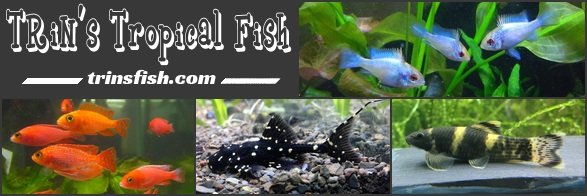Description
Japanese Trapdoor Algae Eating Snail approximately the size of a golf ball, may be larger or smaller depending on current stock.
Japanese Trapdoor Algae Eating Snail approximately the size of a golf ball, may be larger or smaller depending on current stock.
Japanese trapdoor snails (Viviparus sp.) are freshwater snails that can be kept in both ponds and aquariums. Here's a care guide and breeding tips for Japanese trapdoor snails in both environments:
Pond Setup
Japanese trapdoor snails can be added to outdoor ponds to help keep them clean by eating algae and other debris.
They prefer a pond with a sandy or muddy substrate and plenty of vegetation for them to graze on.
The ideal temperature range for these snails is between 18-25°C (64-77°F), and they prefer a pH range between 7.0-8.0.
They are not very active and do not require a lot of swimming space, so a pond with a surface area of at least 100 square feet should be sufficient for a small group of these snails.
It's important to maintain good water quality by performing regular water changes and avoiding overfeeding.
Aquarium Setup
Japanese trapdoor snails can also be kept in aquariums as part of a cleanup crew to help keep the tank clean.
They prefer a planted tank with plenty of hiding places and smooth surfaces to climb on.
The ideal temperature range for these snails is between 18-25°C (64-77°F), and they prefer a pH range between 7.0-8.0.
They are not very active and do not require a lot of swimming space, so a tank of at least 10 gallons should be sufficient for a small group of these snails.
It's important to maintain good water quality by performing regular water changes and avoiding overfeeding.
Feeding
Japanese trapdoor snails are primarily herbivores and will feed on algae, detritus, and leftover fish food in the pond or aquarium.
They also enjoy blanched vegetables such as zucchini, spinach, and cucumber.
Commercial snail food can also be provided as a supplement.
Breeding
Japanese trapdoor snails are livebearers, meaning they give birth to live young rather than laying eggs.
They reproduce through internal fertilization, and the females will carry the embryos inside them until they are fully developed and ready to be born.
It's difficult to distinguish males from females, so it's best to keep a group of snails to ensure successful breeding.
The young snails will be born fully formed and will immediately start feeding on algae and other microorganisms in the pond or aquarium.
Providing a healthy diet and a suitable environment will help encourage breeding.













